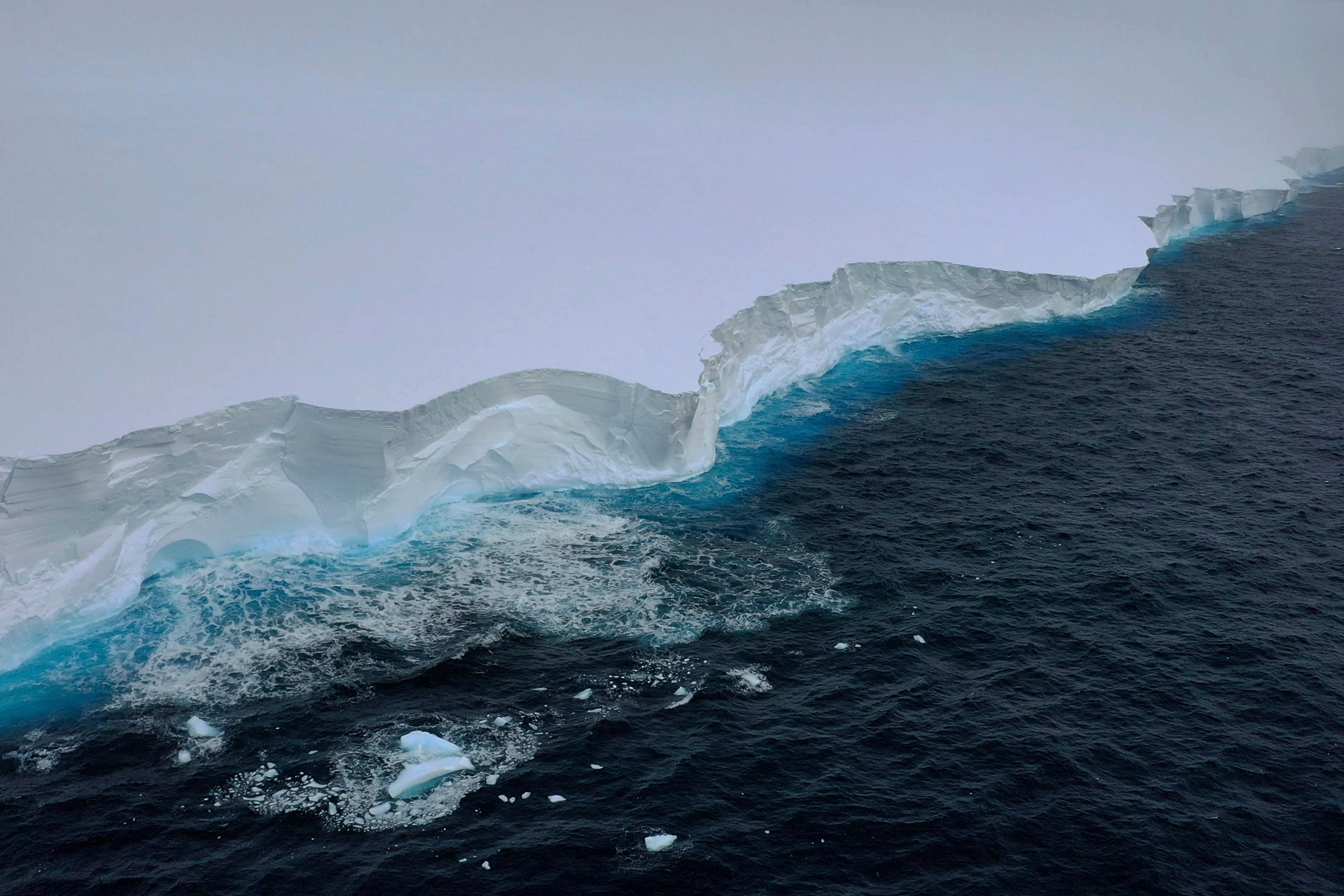A large Antarctic iceberg that calved almost four decades ago is now in its final days, with scientists saying it could vanish within weeks after drifting into warmer seas.
The megaberg, known as A23a, broke off the Filchner Ice Shelf in 1986 and became stuck on the seabed of the Weddell Sea, where it remained grounded for over 30 years.
It set adrift in 2020 and was carried by ocean currents into the “iceberg alley” – the South Atlantic route where most of Antarctica’s giants eventually meet their end.
Earlier this year, A23a still covered nearly 3,100 sq km, making it the world’s largest iceberg, bigger than Long Island and more than twice the size of London.
In recent months, however, enormous sections have splintered away. Satellite images analysed by the EU’s Copernicus programme show it has shrunk to less than half its original size, now measuring about 1,770 sq km.
Some of the breakaway fragments are themselves colossal, including one that is 400 sq km in area, while countless smaller bergs, still large enough to pose hazards to shipping, now litter surrounding waters.
The megaberg is breaking up “fairly dramatically”, Andrew Meijers, a physical oceanographer at the British Antarctic Survey, told AFP.

The iceberg briefly ran aground near the South Georgia island earlier this year, raising fears it could block access for millions of penguins and seals returning from the sea to feed their young. Those concerns eased when A23a dislodged in May and resumed its northward drift, though its meltwater continued to flow into surrounding seas.
Scientists say the release of nutrients from such giant slabs can sometimes stimulate marine life, even as the obstacles themselves create challenges for wildlife.
Iceberg calving is a natural feature of Antarctica’s cycle. But the rate at which massive bergs are breaking off is increasing as the continent heats up more rapidly than the global average due to the climate crisis.
A23a has now drifted into the same “graveyard” waters where earlier giants such as A68 quickly broke up.
Despite its size and longevity, researchers said the fate of A23a was inevitable once it left Antarctic waters. Exposed to warmer seas and battered by waves, it started dissolving at speed.







